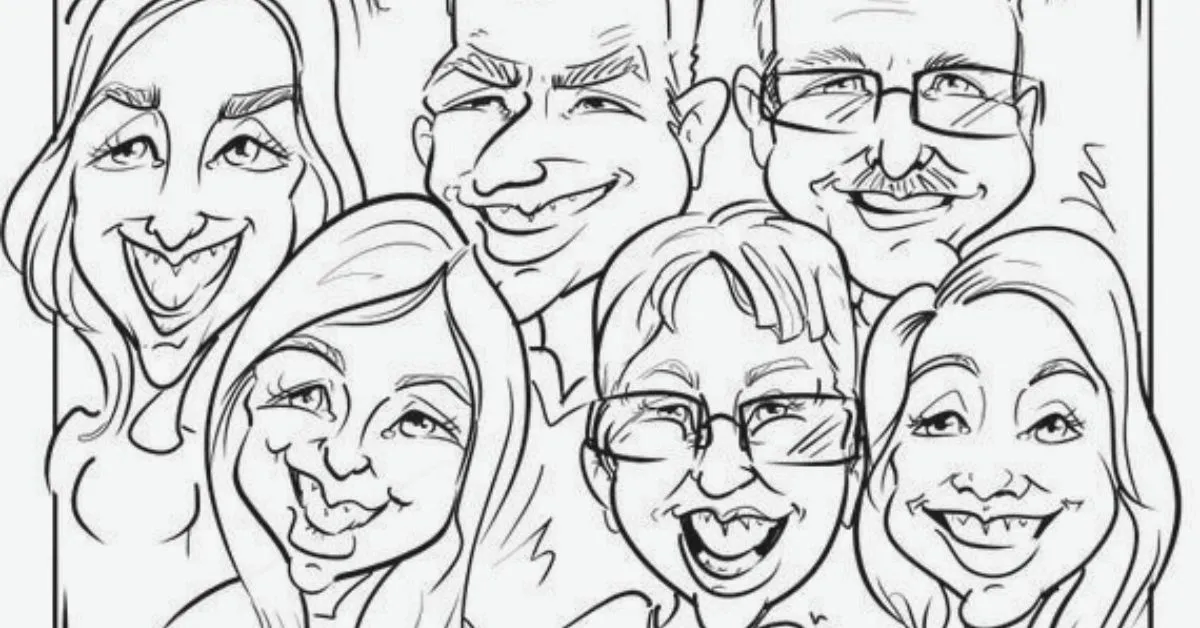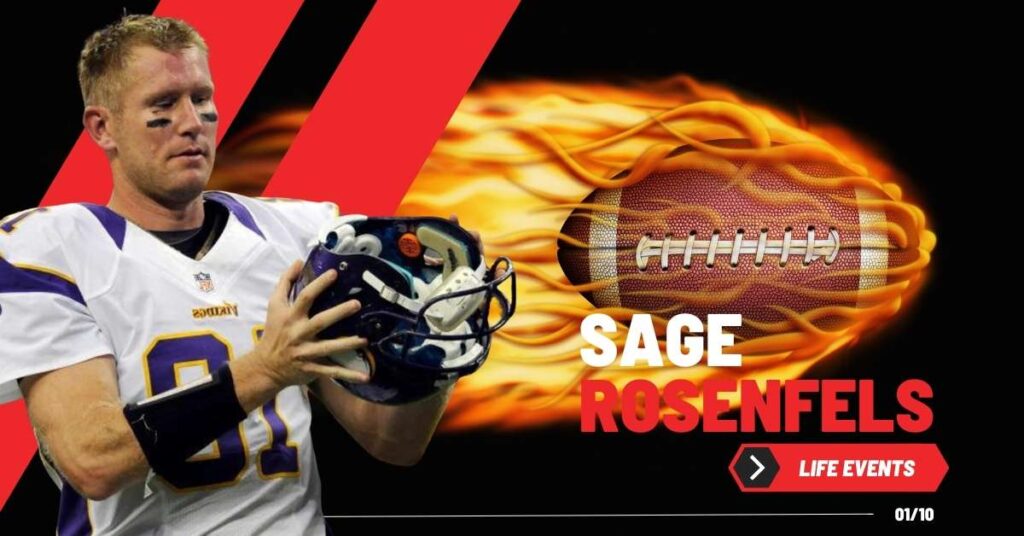Art has many faces. Some are sharp and serious, others are soft and funny. One of the most playful, expressive, and oddly accurate forms is something many are just starting to notice: caricatronchi. It’s not just a funny sketch. It’s a growing style, a voice, a mirror, and sometimes, a punchline.
In this article, we’ll walk through what “caricatronchi” really means, where it came from, how artists use it today, and why it’s becoming a part of online culture.
What Is Caricatronchi?
At its core, “caricatronchi” is a type of caricature. It blends the words carica (charge or exaggeration) and tronchi (stumps or fragments). The name itself feels strange and silly, but that’s the charm. It points to art that pushes reality around, showing people with huge heads, tiny legs, wide grins, or squished bodies.
But this isn’t random distortion. It’s a form of art that tells a story by exaggerating features, personalities, or moods. Just like a good joke needs timing, a good caricatronchi needs balance stretch things too far, and you lose the person. Too soft, and it feels flat.
Roots in Traditional Caricature
Long before digital tools, caricatures were drawn with pencils, charcoal, and ink. Think of street artists drawing fast, funny sketches of tourists. Big noses, giant glasses, wild hair all done with a light hand and a bit of humor.
Caricatronchi builds on this but breaks more rules. It adds odd shapes, weird proportions, and a dose of surrealism. Traditional caricatures stick closer to the real face. Caricatronchi doesn’t mind if the head looks like a melon or the body like a broken crayon. It pushes the joke, sometimes to absurd levels.
The Rise of Caricatronchi on Social Media
Caricatronchi found its second home online. Platforms like Instagram, TikTok, and Pinterest made it easy for artists to share their work and grow their styles.
On Instagram, the hashtag #caricatronchi is filled with bright colors, odd shapes, and faces that feel both funny and familiar. It’s not always about celebrities either. Many artists draw regular people, giving them exaggerated portraits that reflect their mood, fashion, or vibe.
TikTok brings a moving twist. Some artists show the process from sketch to final form adding music and humor. It turns art into content. And the best part? It connects. People laugh, comment, and share, building a small but loyal fan base around each artist’s version of this strange form.
The Tools Behind the Look
Most caricatronchi artists now use digital tools like:
- Procreate [iPad drawing tool]
- Photoshop [For more detailed editing]
- Clip Studio Paint [Popular with comic-style illustrators]
- Canva or Ibis Paint X [Great for beginners]
These tools make it easier to play with shapes, colors, and proportions. Artists can stretch, squash, color, and shade with just a few taps. Unlike paper, digital platforms allow undoing and tweaking until it feels just right.
Some even mix media starting with a hand-drawn sketch, scanning it, and finishing it off digitally.
Caricatronchi and Humor: A Quiet Rebellion
Caricatronchi doesn’t always aim to make people laugh. Sometimes it’s sad, strange, or awkward. But humor is still a big part of it. It holds a mirror to society, using exaggeration to show hidden truths.
In this way, it joins the long line of satire art, poking fun at power, culture, fashion, or behavior. Think of it as memes turned into drawings. It takes popular culture, societal norms, and even deep emotions, turning them into something light and weird.
And because it looks so odd, it invites questions. Why the giant eyes? Why the missing hands? Why the twisted body? These become symbols, telling stories that regular portraits can’t.
Everyday People, Real Emotions
Unlike the clean, pretty filters of Instagram, caricatronchi celebrates the rough edges. It doesn’t shy away from big noses, crooked teeth, or tired eyes. In fact, it often exaggerates them to show emotion or mood.
This makes it relatable. People feel seen, even if their eyes are shown three times too big. The point isn’t to make them look pretty. It’s to show how they feel or how they act.
Artists use this to explore identity, emotion, and commentary. A sad face may be stretched into a long chin. A loud person might be shown with a giant mouth. A quiet thinker could have a tiny body and a huge, glowing head.
Caricatronchi and Cultural Stories
Different regions use caricatronchi in their own way. Some tie it to local traditions, others to language, or media trends. In Japan, for instance, some manga artists pull ideas from this form. In Latin America, it’s mixed with political satire. In Europe, some artists add poetic elements or symbols to make their works deeper.
In every case, caricatronchi becomes more than a style it becomes a lens to look at life. Not just to laugh, but to reflect, rethink, and reimagine how people see the world.
Trending: Look What Mom Found Fathead Wall Graphic Giveaway
Caricatronchi in Online Communities
Many online groups now form around caricatronchi. People join for fun, learning, or even business.
Facebook groups and Reddit threads are filled with people sharing tips, sketches, and critiques. Some artists open commissions, drawing unique caricatronchi portraits for birthdays, weddings, or even business logos.
Etsy and Fiverr are full of artists selling custom pieces. For $10 to $100, buyers get wild, weird, and personal portraits they can use as profile pictures or gifts.
Caricatronchi as Digital Identity
In the age of avatars and online personas, caricatronchi fills a strange but helpful gap. It lets people be themselves but twisted, silly, and bold.
Unlike clean profile pictures or sharp headshots, these portraits feel human. They carry flaws, humor, and story. A person may use a caricatronchi as their Twitter icon not because it looks like them, but because it feels like them.
Learning the Style: A Simple Guide
Want to try making caricatronchi yourself? Here’s a simple way to start:
Pick a photo: Choose a face with clear features.
Study it: What stands out? Big eyes? Strong chin? Glasses?
Sketch lightly: Push the standout features. Make them bigger or smaller.
Keep the rest simple: Don’t overdo every part. Focus on the main joke.
Add color and shape: Think about mood and tone. Is it funny? Sad? Loud?
Use a digital tool if you can: Easier to adjust and share.
Caricatronchi and Business
Believe it or not, some brands are using caricatronchi as part of their look. It adds personality and stands out from sleek, flat designs.
Some companies use it in:
- Merch designs
- Social media posts
- Event flyers
- T-shirt art
- Podcast logos
Because it’s fun and personal, it fits well with creative business models and online platforms that value bold, visual storytelling.
The Future of Caricatronchi
Will caricatronchi stay around? Signs point to yes.
In a time when filters make everything too perfect, caricatronchi brings back the human touch. It allows creativity, flaws, humor, and real emotion to mix. As social media keeps growing, and people look for ways to stand out, this odd, twisty form may just grow stronger.
Why the Word Matters
The term “caricatronchi” might sound made-up, and in a way, it is. But that’s the beauty of it. Like slang, it grows from use. It catches on, not because of formal rules, but because people feel something in it.
Words like this show how language bends to art, how culture shapes terms, and how visual creativity can leave a mark not just on a canvas, but in speech too.
Also read: LWMFCrafts: Your DIY Home for Handmade Projects and Creative Sustainability
Final Thoughts
Caricatronchi isn’t just another trend. It’s a way to tell stories, show moods, and share laughs through art. From old-school sketches to digital platforms, from private sketches to public posts, it shows that even distorted faces can say something true.
Next time you scroll through social media and see a face that looks squashed, stretched, or wildly colorful don’t scroll past. That might just be a caricatronchi, saying more than words ever could.



